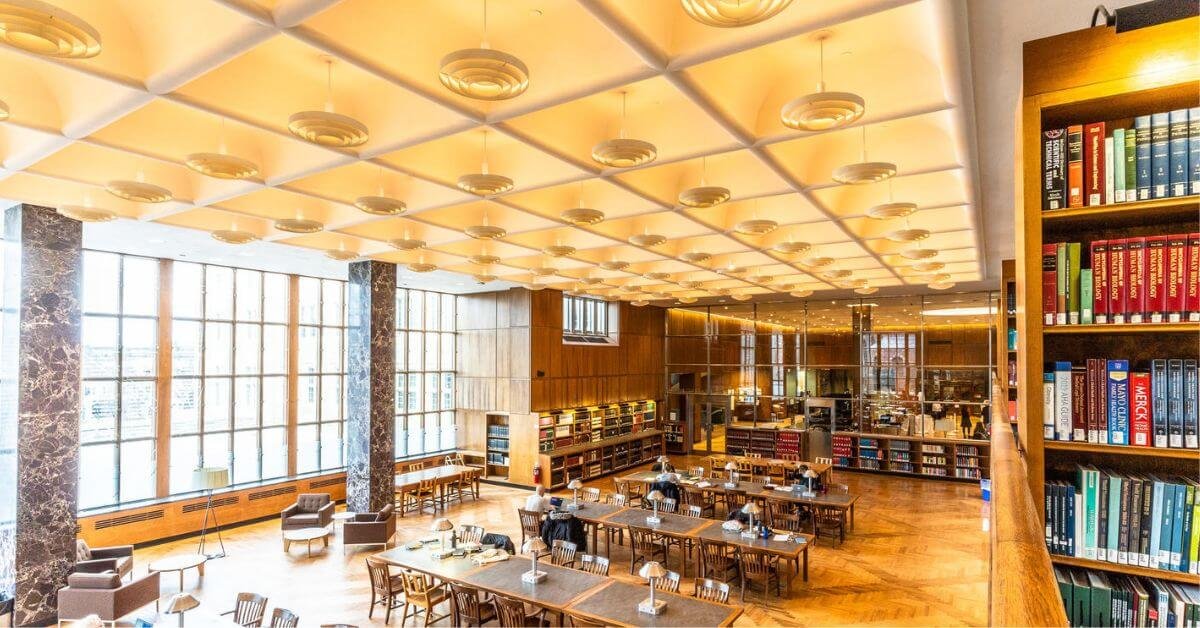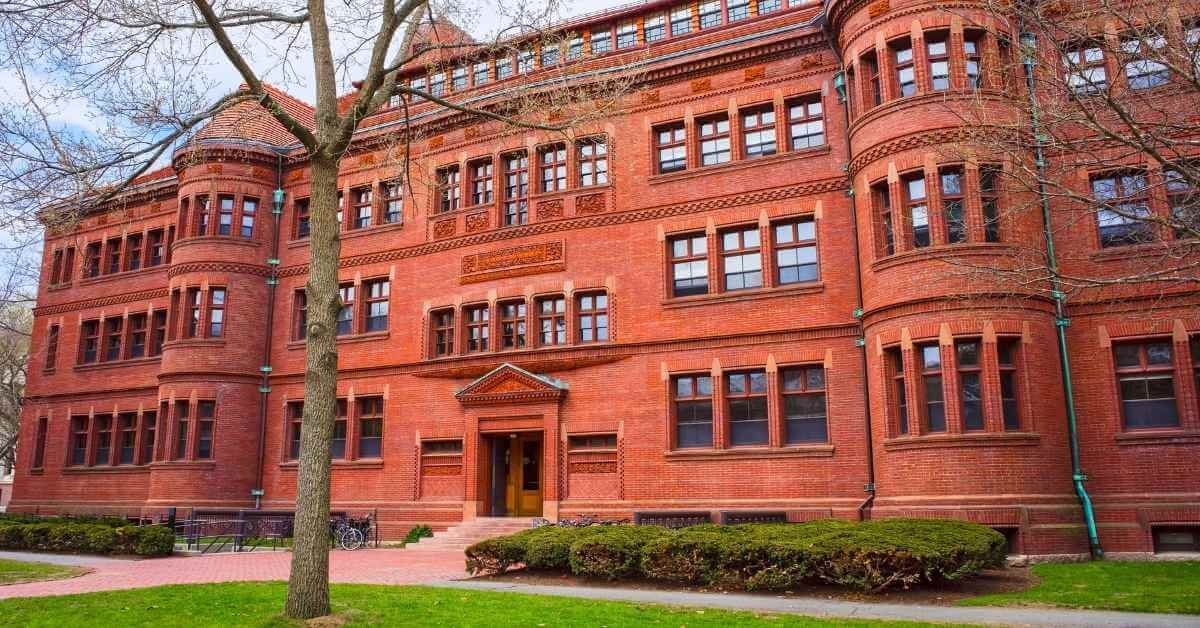Princeton University Library System: A Treasure Trove of Knowledge
Few university libraries in the world can match the scope, depth, and architectural beauty of the Princeton University Library System (PUL). With over 13 million items across multiple branches, it is not only a vital academic resource but also a cultural landmark that preserves centuries of human thought and creativity.
Whether you’re a student researching for your senior thesis, a visiting scholar exploring rare manuscripts, or a curious mind fascinated by the power of books, Princeton’s library system offers an unmatched experience of discovery and scholarship.
In this guide, we’ll explore the libraries, special collections, digital resources, and study environments that make PUL a true treasure trove of knowledge.
A Legacy of Learning: The History of PUL
Founded alongside the university in 1746, Princeton’s library began as a modest collection. Today, it has grown into one of the top research libraries in North America, housing:
- Over 7 million printed volumes
- 6 million manuscripts
- 2 million digital items
- Hundreds of thousands of maps, prints, photographs, and audio/visual materials
PUL supports every academic department at Princeton and continues to expand through digitization, global acquisitions, and donor-funded collections.
1. Firestone Library – The Heart of Princeton’s Intellectual Life
The largest and most iconic library on campus, Harvey S. Firestone Memorial Library, is the centerpiece of Princeton’s academic landscape.
Key Features:
- Located just behind Nassau Hall
- Houses humanities and social sciences collections
- Offers open stacks, study carrels, and quiet zones
- Hosts seminars, exhibitions, and rare book showcases
Firestone underwent a decade-long renovation completed in 2018, transforming it into a modern learning hub while preserving its historical charm.
“Firestone isn’t just a library—it’s a second home for many students, especially during thesis season.”
2. Special Collections: Rare Books, Manuscripts, and Archives
One of the most prized assets of PUL is its Special Collections division, located primarily within Firestone.
Highlights:
- Original manuscripts from F. Scott Fitzgerald, Toni Morrison, and T.S. Eliot
- Albert Einstein’s personal papers
- Islamic and East Asian rare manuscripts
- Medieval illuminated texts
- Early editions of the Bible and Quran
Researchers from around the world visit Princeton to access primary sources that are simply unavailable elsewhere.
3. Branch Libraries by Discipline
In addition to Firestone, Princeton has nine other branch libraries, each tailored to specific academic fields:
Lewis Science Library
- Focus: Mathematics, Physics, Astronomy, Geosciences, and Chemistry
- Modern architecture and collaborative study zones
Engineering Library (Fine Hall)
- Focus: Civil, Mechanical, Electrical, and Computer Engineering
- Technical journals, design archives, and databases
Marquand Library of Art and Archaeology
- One of the largest art history libraries in the U.S.
- Extensive visual resources, auction catalogs, and exhibition archives
Mendel Music Library
- Sheet music, scores, and musicology texts
- Listening booths and digital music tools
Seeley G. Mudd Manuscript Library
- Houses the University Archives and Public Policy Papers
- Primary source for historical research on Princeton and 20th-century policy
Others include:
- Architecture Library
- East Asian Library
- Theology Library (at the Seminary)
Each library maintains subject-specialist librarians who assist students with research tools, databases, and citation methods.
4. Technology, Digital Access, and Tools
The PUL is not just about physical books. Princeton offers robust digital access to millions of academic resources.
Digital Services Include:
- Over 1,000 academic databases
- eBooks, eJournals, and archives from JSTOR, ProQuest, Scopus, etc.
- Digital Princeton University Library (DPUL): Showcases digitized rare collections
- Princeton DataSpace: Open-access platform for publishing student theses and datasets
Tools and Software:
- Zotero and EndNote workshops for citations
- GIS and data visualization labs
- Digital Humanities tools (e.g., mapping, text mining)
Students also have access to public scanners, printers, and collaborative media rooms for group projects and presentations.
5. Undergraduate Research and the Senior Thesis
One of the hallmarks of Princeton’s undergraduate education is the senior thesis, and the library system plays a crucial role in supporting this intellectual journey.
PUL offers:
- Research consultations with dedicated librarians
- Thesis bootcamps and writing retreats
- Thesis Central, an online portal for research planning and resource booking
- Access to archives, special collections, and interlibrary loans
Students can publish their thesis digitally, contributing to Princeton’s legacy of undergraduate scholarship.
6. Study Spaces and Student Life
The Princeton library experience is also about ambience and environment. Each library has a unique vibe, from quiet to collaborative.
Favorite Study Spaces:
- Firestone’s “Treehouse” reading room – quiet and surrounded by greenery
- Lewis Library’s glass study pods – modern and bright
- Marquand’s mezzanine desks – ideal for late-night work on art history papers
During midterms and finals, libraries remain open late (sometimes 24/7), offering coffee nights, stress-relief events, and therapy dog visits.
7. Princeton Library Staff and Research Support
Princeton employs over 300 library staff, including expert librarians, archivists, and IT professionals.
Students can schedule one-on-one sessions for help with:
- Finding credible sources
- Building bibliographies
- Navigating archives
- Managing data and metadata
- Publishing and copyright questions
For graduate students and visiting researchers, custom research guides and curated collections are often available.
8. Community Access and Global Outreach
While many resources are restricted to students and faculty, Princeton also extends parts of its library system to the broader academic and global community.
- Public exhibitions at Firestone and Mudd Library
- Library Friends Program for donors and local scholars
- Digital exhibits accessible worldwide
- Collaborations with international libraries to digitize endangered materials
Princeton’s commitment to open knowledge and preservation is not only about internal scholarship—it’s about sharing with the world.
9. Sustainability and Accessibility
The recent renovation of Firestone Library included major improvements in energy efficiency, accessibility, and inclusivity.
- Wheelchair-accessible entrances and elevators
- Gender-inclusive restrooms
- Braille signage and magnification tools
- Sustainable materials and reduced energy footprint
The library system reflects Princeton’s broader mission of equity and sustainability in education.
Final Thoughts
The Princeton University Library System is far more than a collection of books—it’s a living, breathing academic ecosystem. With stunning architecture, rare manuscripts, advanced digital tools, and an unwavering commitment to intellectual exploration, PUL is an essential part of every student’s Princeton experience.
Whether you’re diving into ancient texts, crunching data sets, or simply searching for a quiet place to think, the library is always there—quietly powering the pursuit of knowledge and the creation of ideas that can change the world.
📍 Want more insights into academic life at Princeton? Follow AllPrinceton.com for in-depth guides, student resources, and university highlights.




Publicar comentário